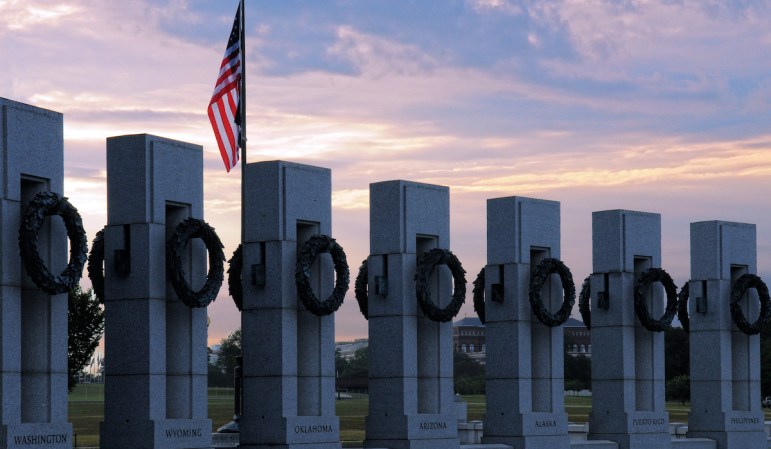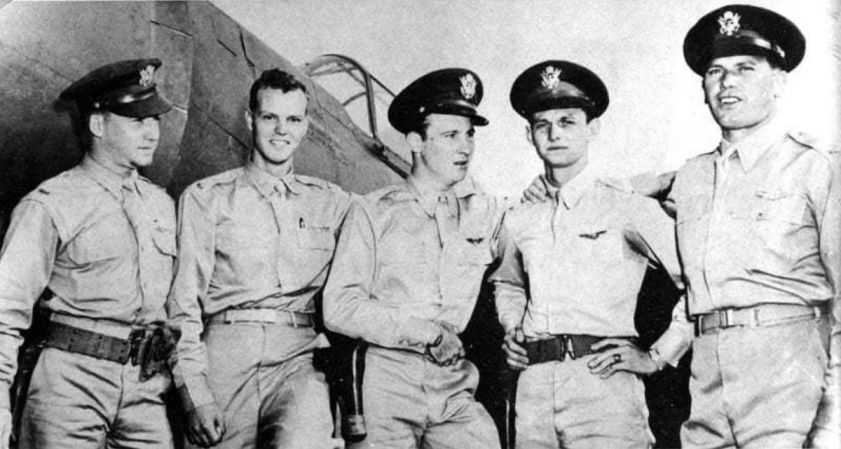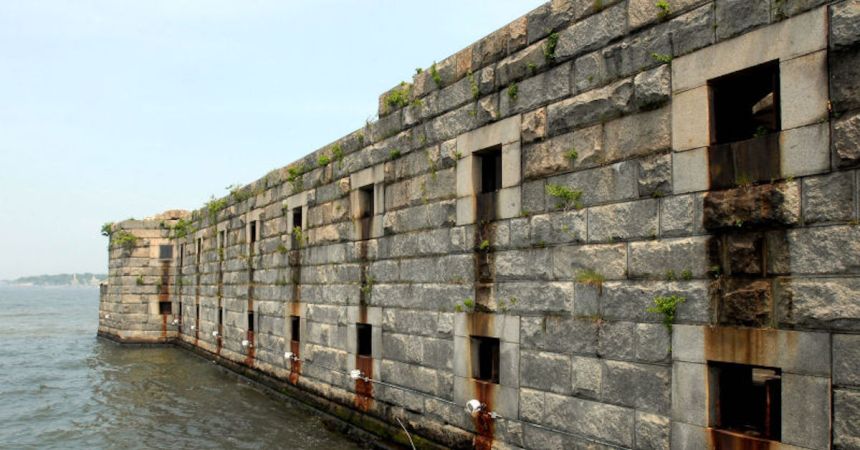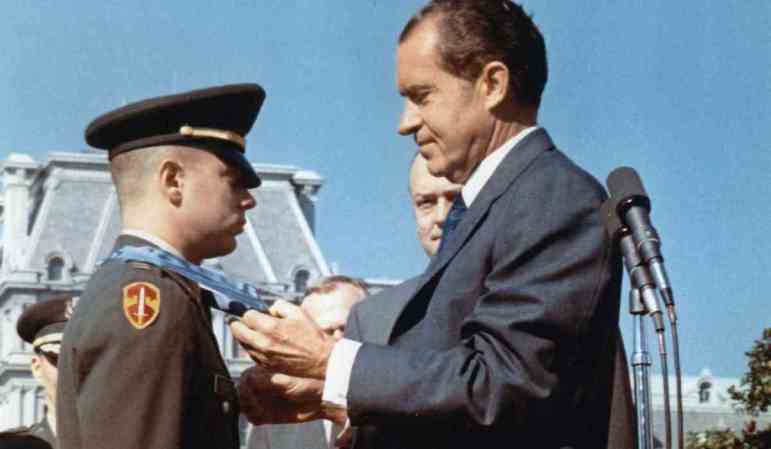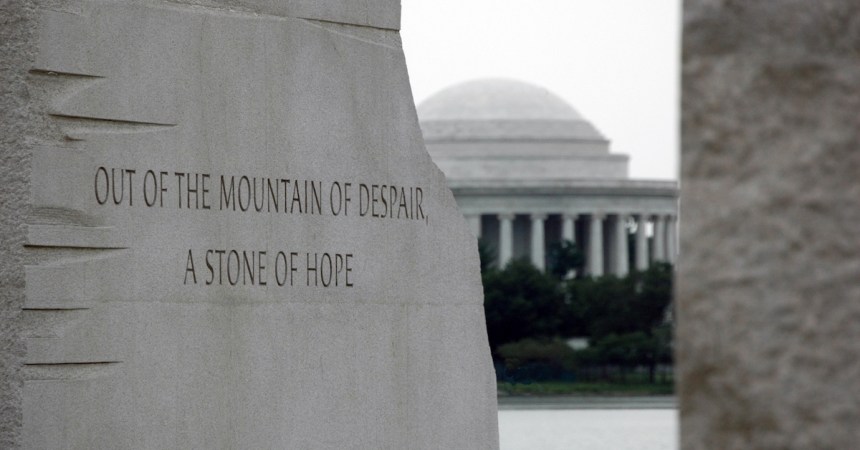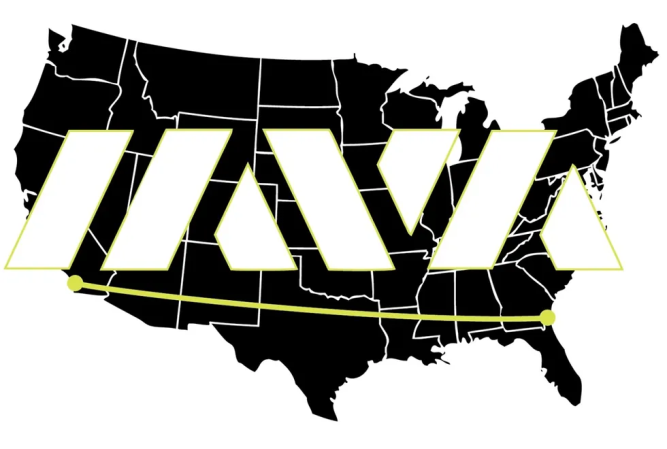The tragic defeat of the brave defenders at Wake Island following a gallant stand in the weeks after Pearl Harbor lives on in Marine Corps lore. The legacy includes VMFA-211, the “Wake Island Avengers,” who currently operate the F-35B Lightning II. It also includes a lesson in how the most innocent can pay the heavy price of war. In this case, we’re talking about a bird.
Wake Island was one of many Japanese-held posts that were passed over in the Allies’ island-hopping campaign. The Japanese garrison there was cut off, stuck in the middle of the Pacific and facing occasional strikes by Navy and Army Air Force assets. With no ability to resupply, the Japanese garrisoned there had to survive somehow.
According to Samuel Eliot Morison’s History of United States Naval Operations in World War II, 1,262 Japanese troops later surrendered to the crew of the Cannon-class destroyer escort USS Levy (DE-162). The United States’ strategy left them malnourished. They had one primary source of food: the Wake Island rail, a small, flightless bird indigenous to the islands.

The surrender of Japanese troops on Wake Island is signed in September, 1945, too late for the Wake Island rail.
(US Navy)
The Wake Island rail was a little over eight and half inches long. It was notable for its ability to survive in an ecosystem with little — near to none — fresh water. What ultimately doomed this species was its inability to fly and an innate curiosity, which meant they weren’t afraid of humans.

While the extinction of the Wake Island rail was tragic, it was not the worst of the Japanese military’s misdeeds on Wake Island — here is a monument to 98 civilian contractors summarily executed.
(Prog1)
The Japanese troops took advantage of that curiosity in their struggle to survive — the Wake Island rail was hunted to extinction. A 1946 trip to Wake Island, just a year after the Japanese surrendered, generated no sightings of the bird. Now, the International Union for the Conservation of Nature (IUCN) lists the bird as extinct due to overhunting.
While this extinction is a minor tragedy of war, it is dwarfed by the war crimes Japan committed against civilians on the very same atoll.








